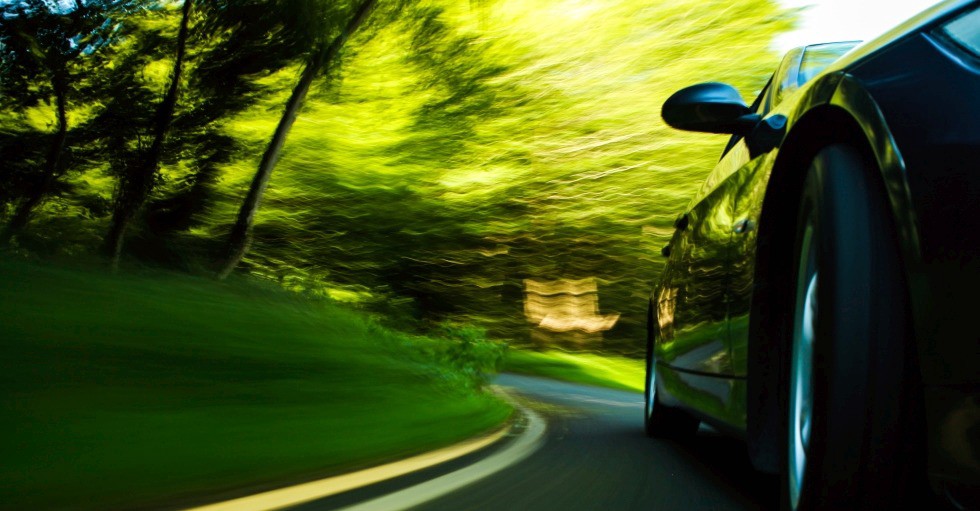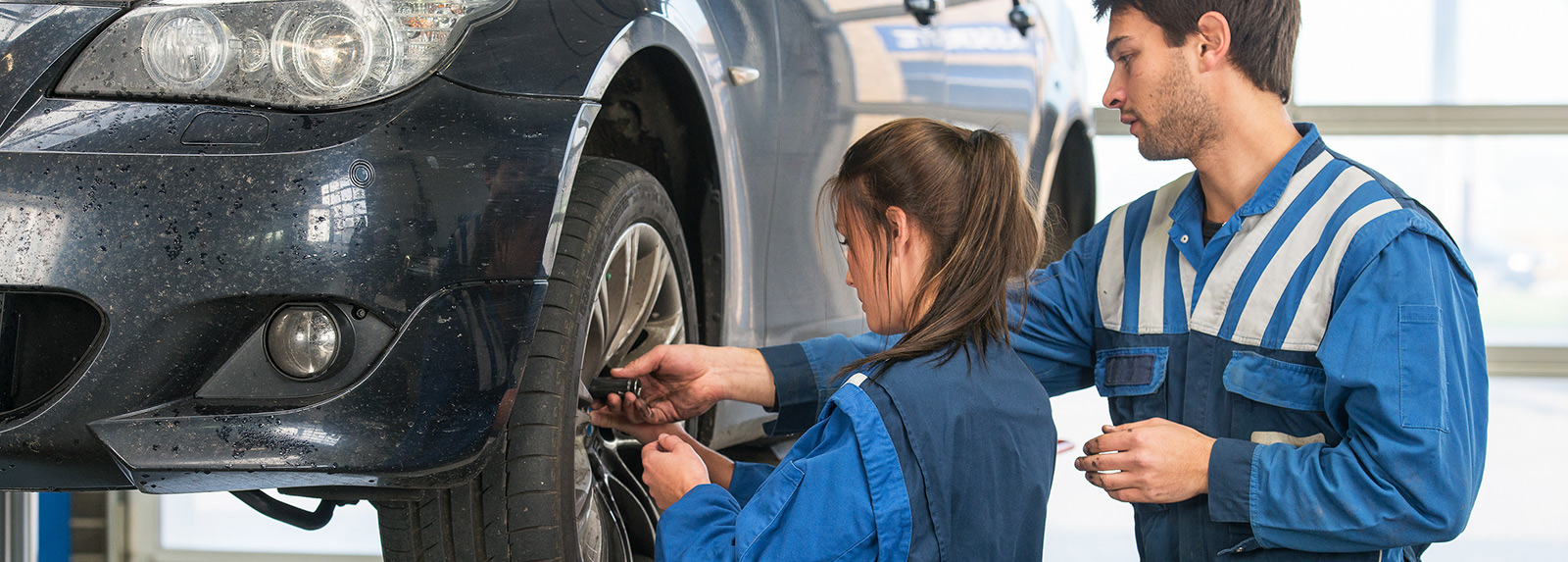News

Geospatial data: present and future of the automotive sector
Below is the full version of the interview given by Mr Jakub Stolfa, coordinator of the Drives project, on possible synergies between the space/geospatial field and the automotive sector.
1. What do you think are the major similarities with your sector?
In the perspective of technological similarities, we can see that the automotive sector is growing its dependency on data acquisition, processing and transformation and geo-localization. These areas cross-cut different domains of science and technology and are made available to the user through creating capacity to generate applications aggregating information, greatly based on sets of geospatial data. We can therefore find similarities and interdependencies between the automotive sector and the space/geospatial field.
Additionally, the growing influence of new technologies, including software, and end-user demand in both automotive and geospatial sectors, underline similarities by the analogous skills needs and the adaptation of the workforce to the technological and user behavior transformations.
2. What is the one take away from trying to identify current skill shortages and gaps between education and sectoral needs?
The automotive sector is rapidly evolving by its structural changes, electrification, technological development and all other drivers of change. It brings, beside others, issues with security risks related to the use of digital information. This is a topic for cybersecurity, which is a big concern and a fundamental skill need. At the level of the designer, the programmer or the user, adequate education and training on these matters is a must. We believe that is similarly assessed by the geospatial field.
3. What are the challenges when it comes to defining and describing skill sets and job roles?
A significant challenge is in the uncertainty and different possible scenarios of the future automotive sector, albeit the guaranteed dependency from technological evolution in other sectors. This requires continuous observation and identification of changes in the ecosystem of the value-chain and persistent discussion with related stakeholders, for an early identification of gaps, redesigning skills needs, updating the roadmap and offered trainings. This is what DRIVES project is striving to cope with, endowing collective effort to establish a sustainable collaboration on skills agenda in the automotive sector between automotive stakeholders.
4. Could you propose an example of how EO4GEO and DRIVES can collaborate especially in relations to environmental goals?
Car connectivity and autonomous driving are realities that will transform traffic and transport logistics and the whole society more in general. This will have impact in environmental goals as data and geospatial information will support urban and traffic management, congestion patterns, optimised routes and distances, refuelling/recharging sites, etc.
Beside others, geographic information and navigation, data sharing and security are areas where EO4GEO and DRIVES can collaborate to define skill needs and adequate trainings.
Source: EO4GEO 4# Newsletter, 25/09/2019

